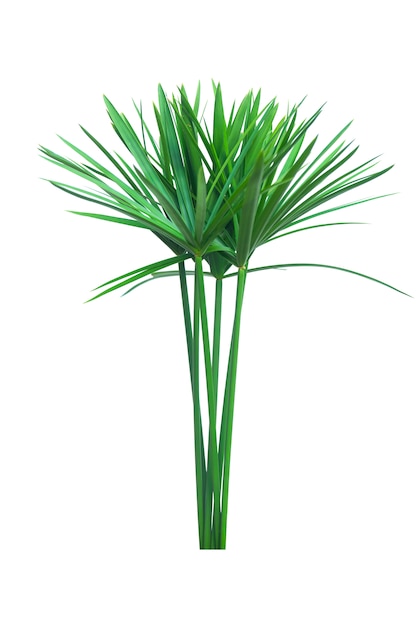

They can be brought inside for winter for northern climates - either in a bucket or a saucer full of water. On Jun 5, 2010, Malus2006 from Coon Rapids, MN (Zone 4a) wrote: I also see similar comments from dog owners. I know of other people with cats who have also said their cat ate the fronds. I was surprised to see this plant listed as poisonous, as my cat has been muching on mine during the winter when I brought it in. On May 9, 2011, Aramis from British Columbia, I just need to give it some more light since the hood won't fit on the tank with a huge plant sticking out of it. The fish love it and it does really well. Normally I have plants dry out in winter if they need consistently moist soil. Wasn't sure how I was going to over winter this in CT. On Jul 28, 2011, Nixta from Brookfield, CT wrote: read more isappointed it's not native and maybe I'll replace it with Pickerel Rush next year, but I'm enjoying it right now. I suppose the seeds were in the soil when it arrived in the trucks. I ripped out all the other weeds and I'm on my way to having a huge garden of nothing but Umbrella Grass. In the drier area, it made a presence as well. Virtually nothing else could compete with it. One tall grassy weed (which I finally identified as Umbrella Grass) absolutely dominated the wetter half, growing in clumps right out of the water, often reaching 4' high. I let weeds grow in it for a year then took inventory this spring of what survived. Last year, I filled in my Houston swimming pool with heavy clay dirt, resulting a mushy bog garden with a pond-like area on one half where standing water usually collects.

On May 1, 2012, h9kr4jg8ir5 from Spring, TX wrote: Mine came out of nowhere (probably from bird droppings) - it grows in a little neglected corner of my garden, it hardly gets any water at all, and it's doing fine. I can't believe this funny-looking thing really needs a lot of water. On Oct 8, 2012, Suzanne_Jacobs from Pretoria, He says his return every year but does better with partial shade in our hot, often dry summers than it does in full sun. Can't wait to see it come back this year. We are in Upstate SC in the Blue Ridge Foothills in zone 7. On Mar 3, 2013, joraines from Inman, SC wrote:īought some of this plant from a fellow ponder who lives nearby last year and planted it in partial shade in very muddy soil at our pond edge. I've rinsed off a couple of times but it comes back. In trying to root new plants in water I'm getting some fuzzy wuzzy looking stuff around the new growth. I'm in the upper midwest and set this plant outdoors for the summer months. On Sep 12, 2013, jkeithsr from Lombard, IL wrote: It can damage ecosystem functioning and impoverish natural habitat. The Florida Exotic Pest Plant Council has listed this species as a Category ll invasive. On Mar 29, 2016, coriaceous from ROSLINDALE, MA wrote: It was a lot of work, so I may use weed killer next time. This year, I decided I did not want to be struggling with the roots anymore as they invade into my azaleas, banana trees, and Indian hawthorn, so I removed quite a bit of it. In a few areas where I've left them to grow, I'll occasionally tie a ribbon around them if they bush out too much. I knew not to plant it near sidewalks since they get tall and fall over. In 5 years, I've divided and shared this quite a bit. Within a year, they grew to a very nice 5-6' tall. On May 9, 2016, ginagardens from Fort Walton Beach, FL wrote: All other plants have reached about 5ft, but the one I have now I planted 2 little cuttings in my bathroom in July 2014, and I now have a splendid looking giant of a plant a 7ft. I have been growing this for quite a few years, when it starts to get a bit 'tired' I take cuttings and start again. On Sep 10, 2016, Annietash from Bedfordshire, This plant is said to grow outdoors in the following regions: Inconspicuous/none Bloom Characteristics:Ħ.1 to 6.5 (mildly acidic) Patent Information:īy dividing rhizomes, tubers, corms or bulbs (including offsets)įrom seed direct sow after last frost Seed Collecting:Īllow seedheads to dry on plants remove and collect seeds Regional Suitable for growing in containers Danger:Īll parts of plant are poisonous if ingested Bloom Color: Grow outdoors year-round in hardiness zone USDA Zone 11: above 4.5 ☌ (40 ☏) Where to Grow: Very high moisture needs suitable for bogs and water gardens Sun Exposure: Tropicals and Tender Perennials Water Requirements:


 0 kommentar(er)
0 kommentar(er)
